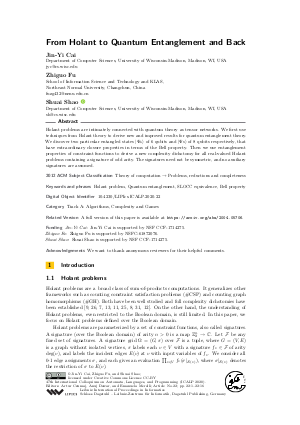LIPIcs.ICALP.2020.22.pdf
- Filesize: 0.6 MB
- 16 pages

 Creative Commons Attribution 3.0 Unported license
Creative Commons Attribution 3.0 Unported license













































Feedback for Dagstuhl Publishing